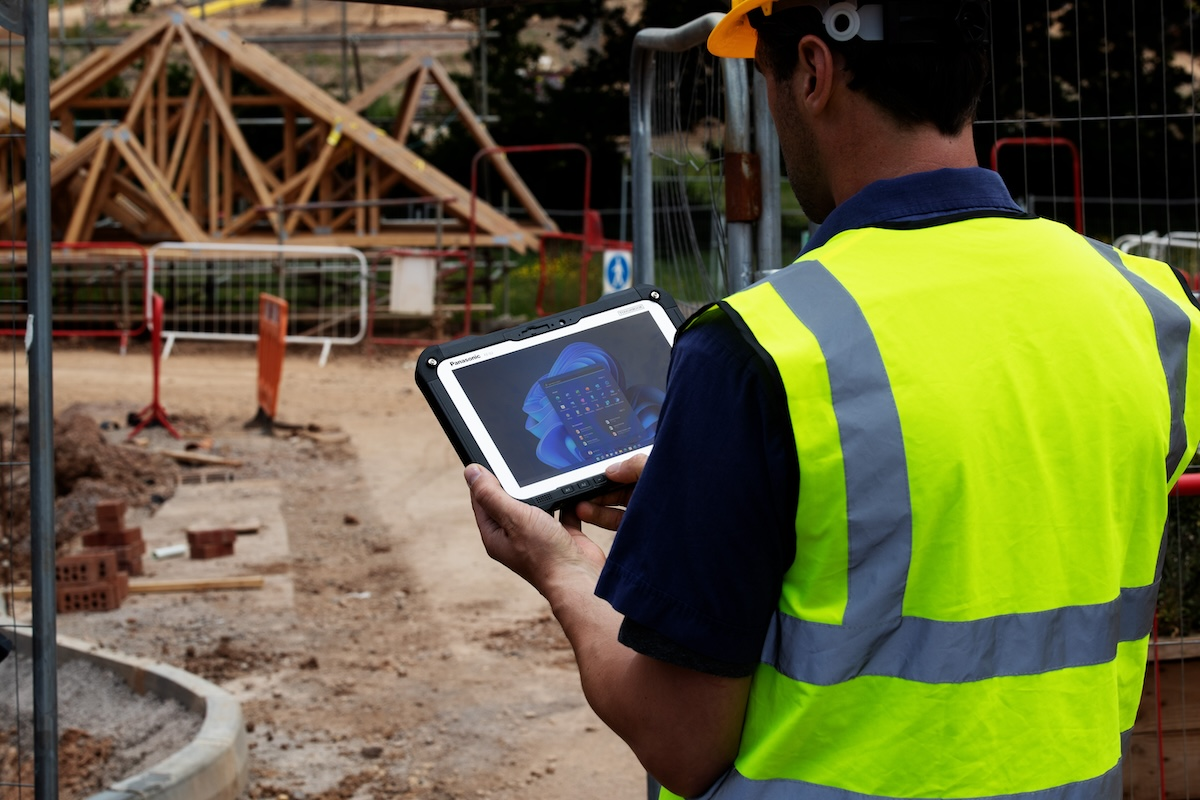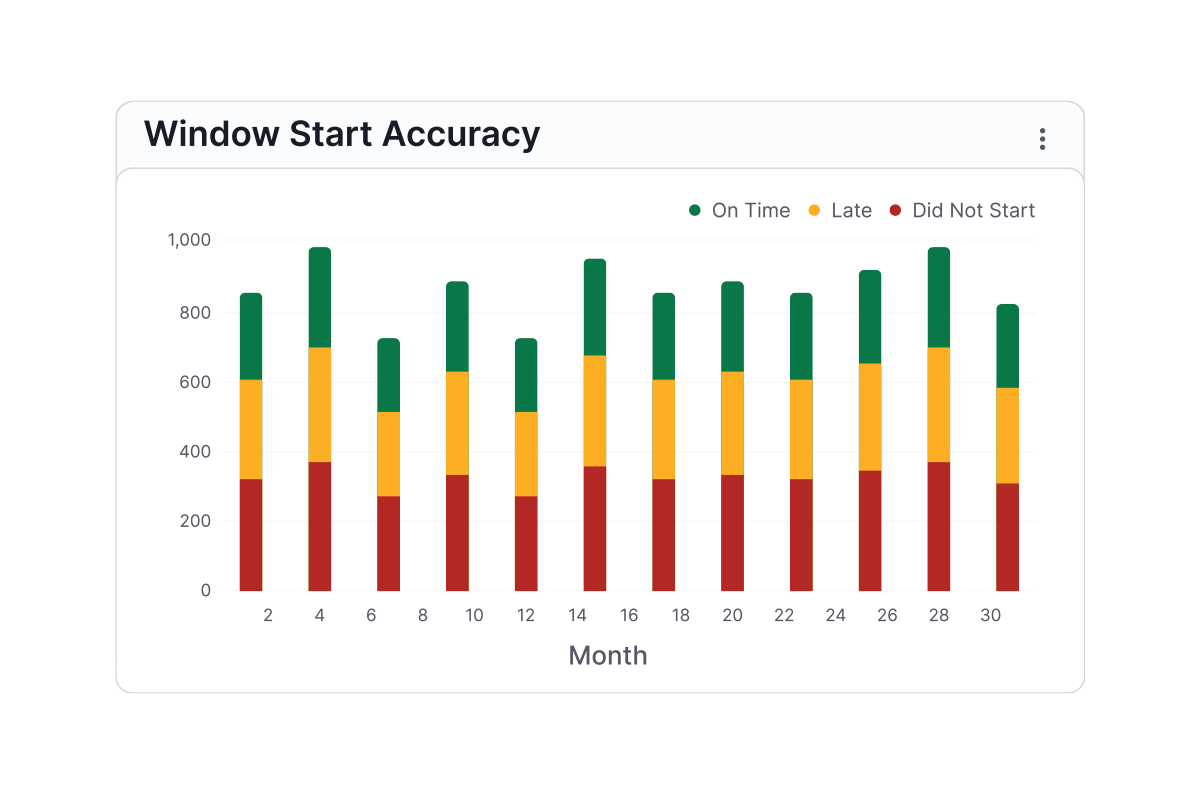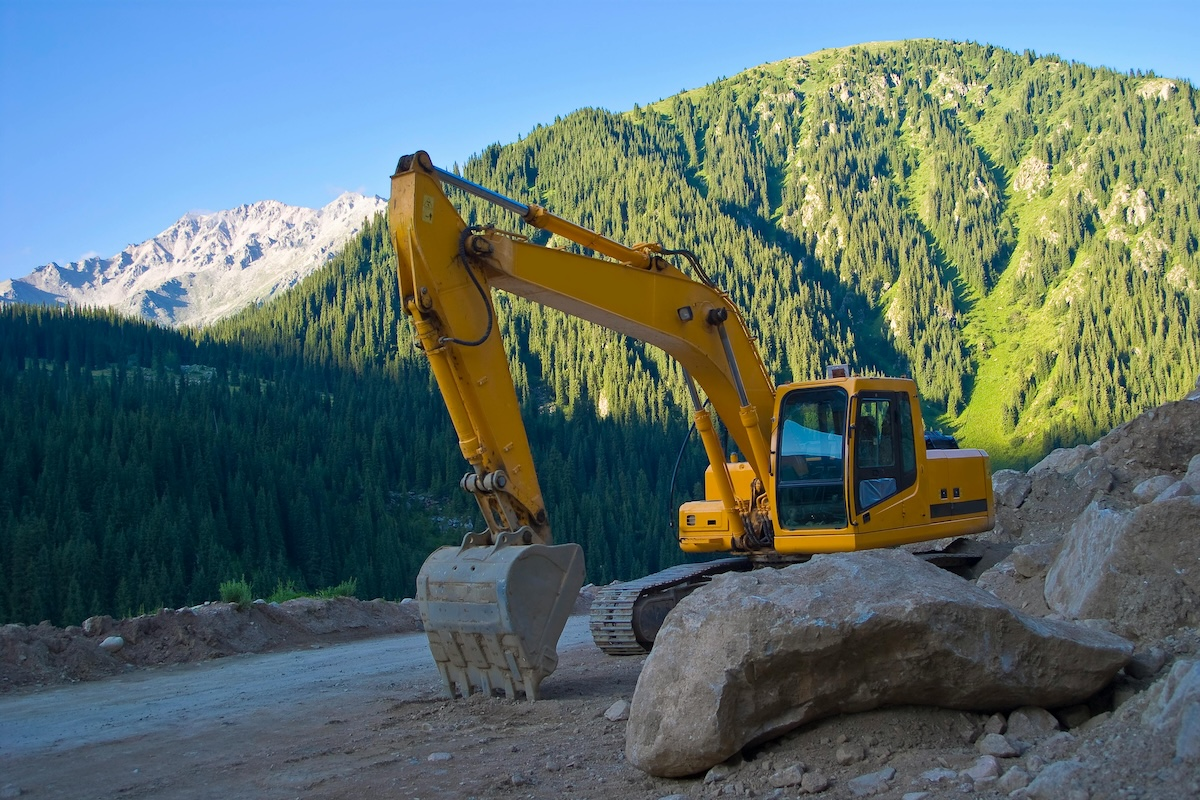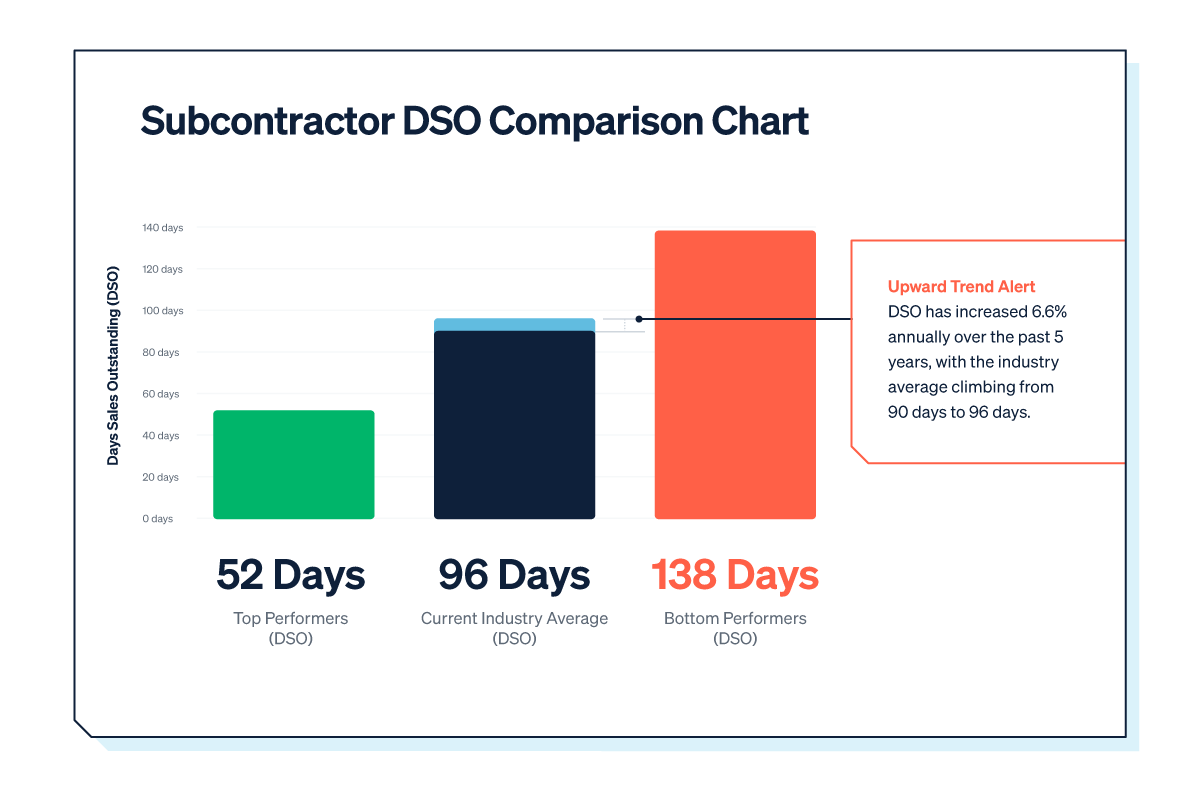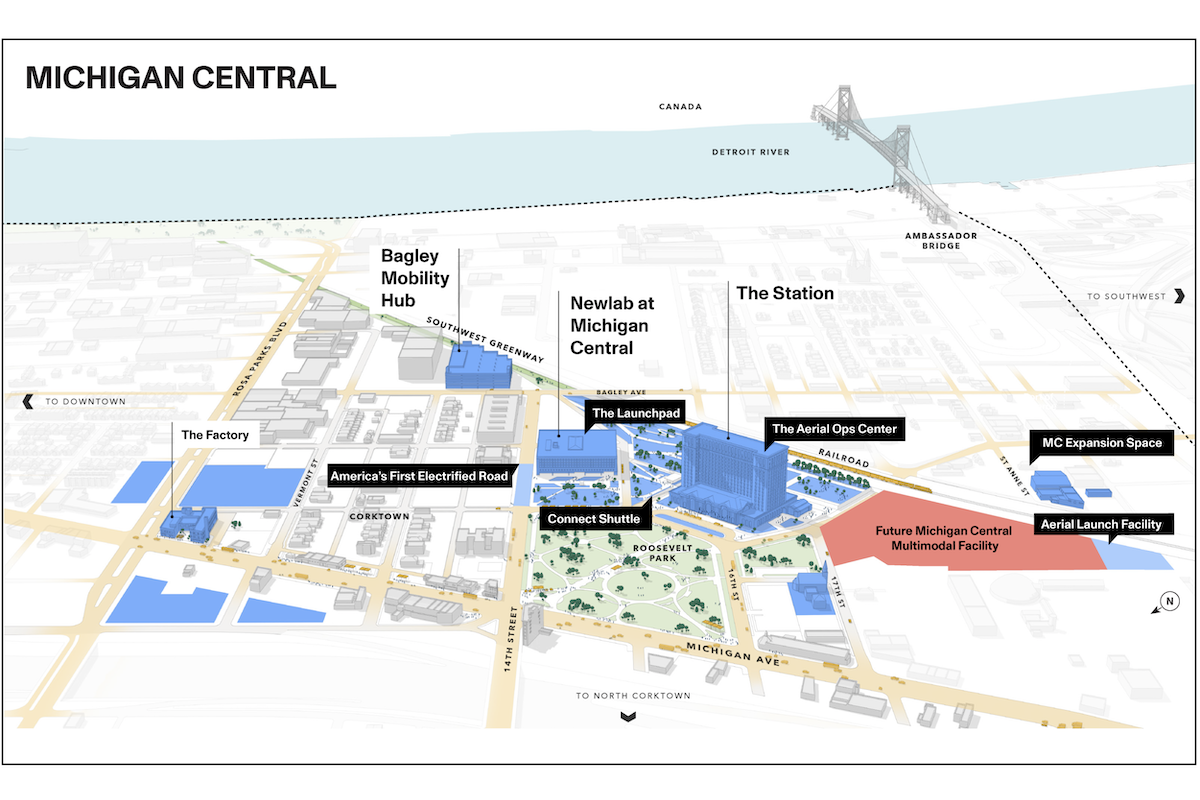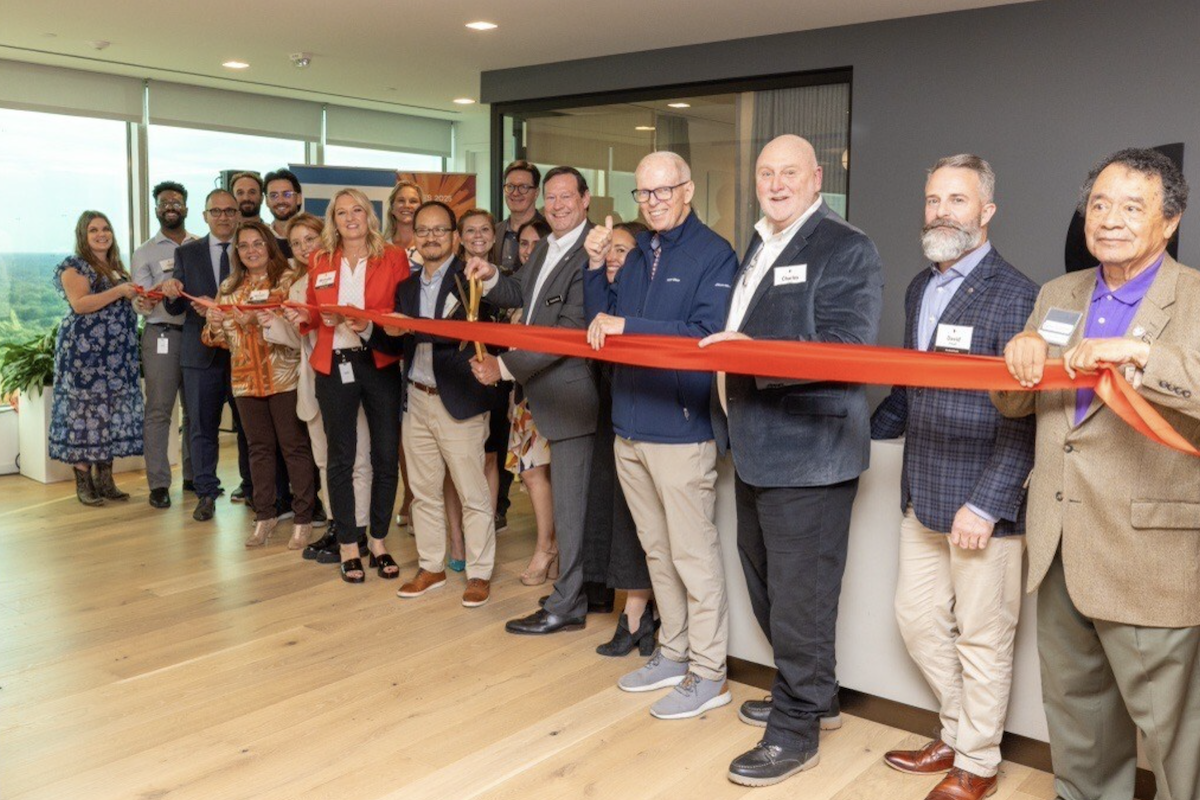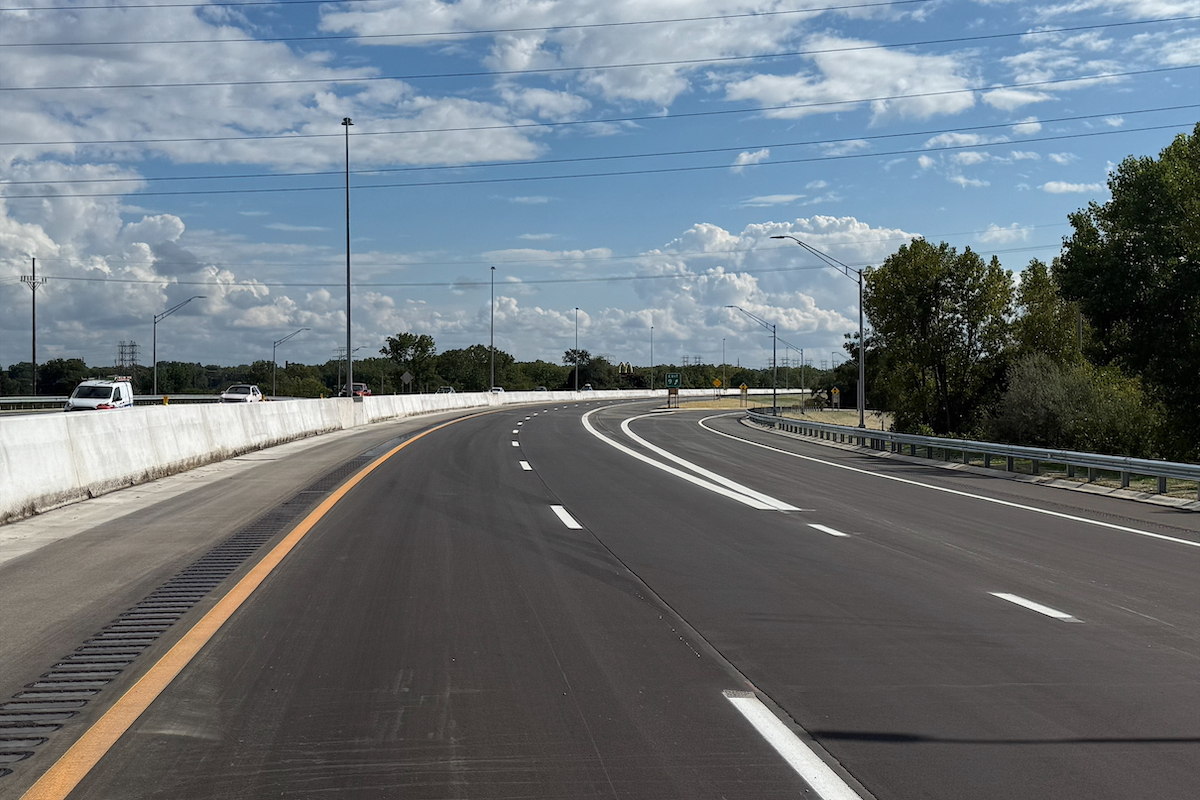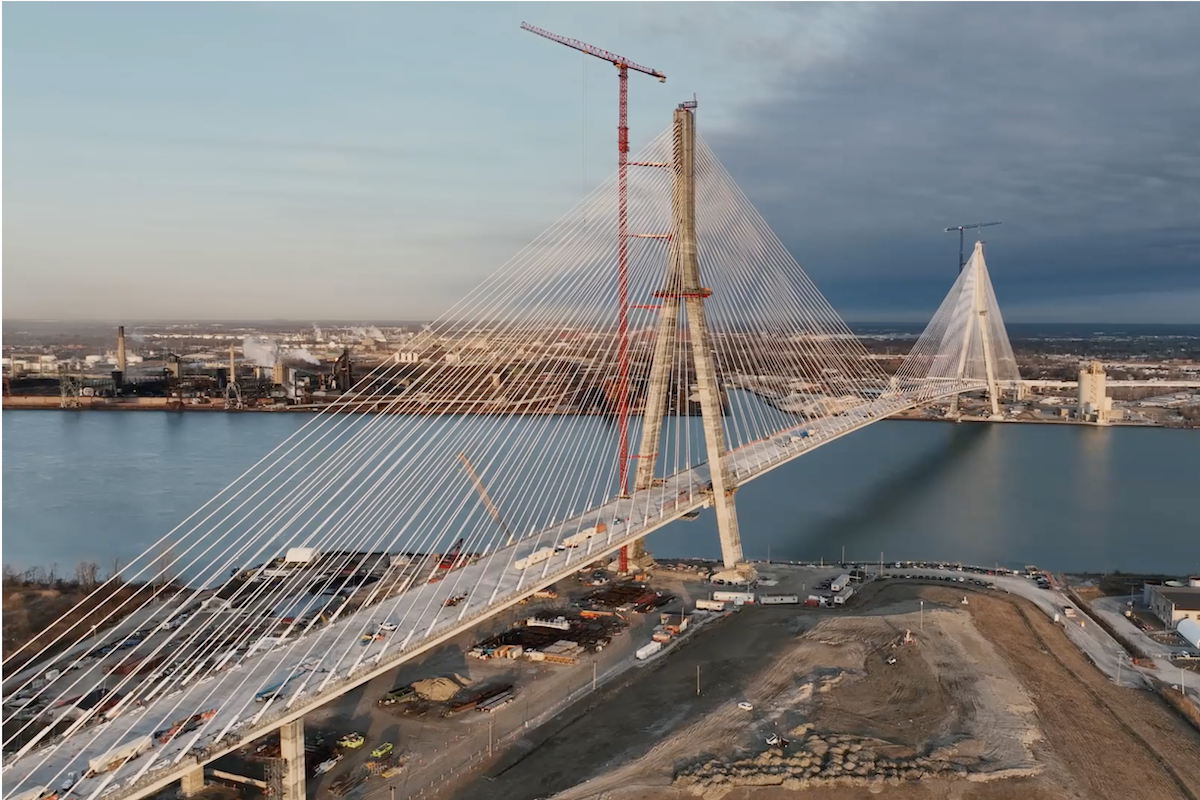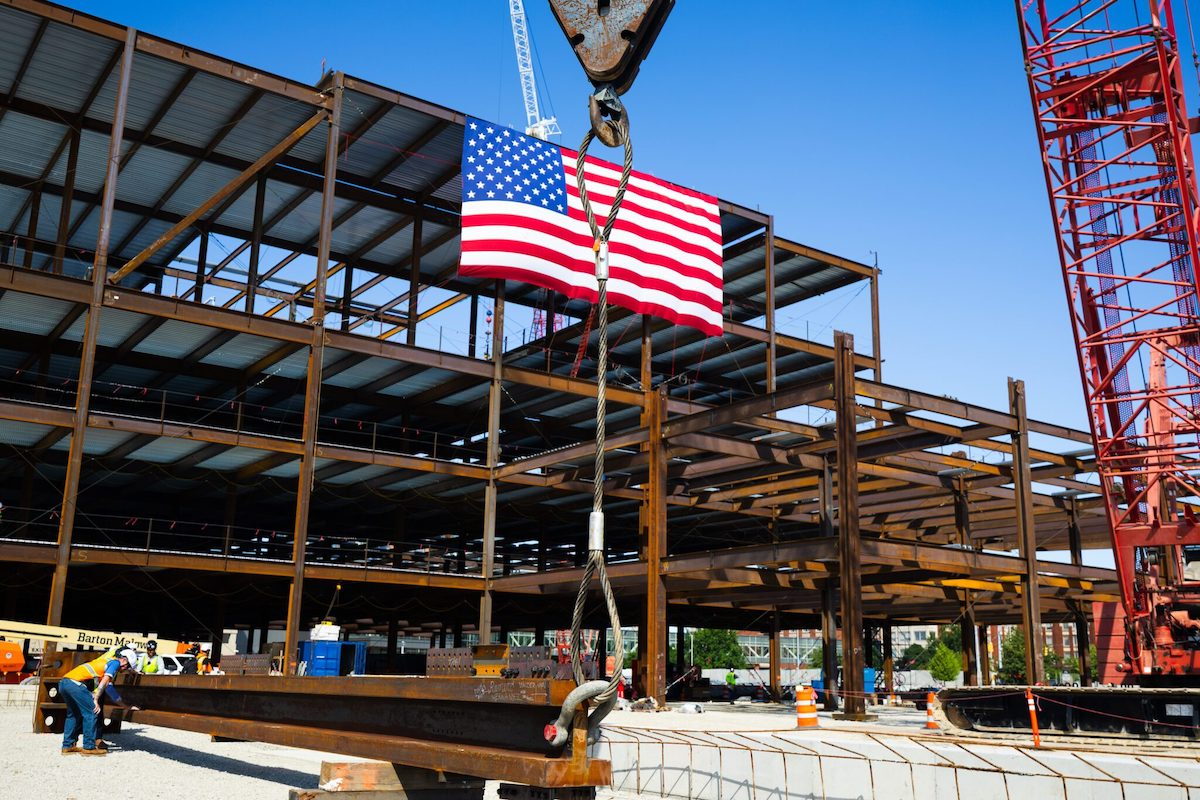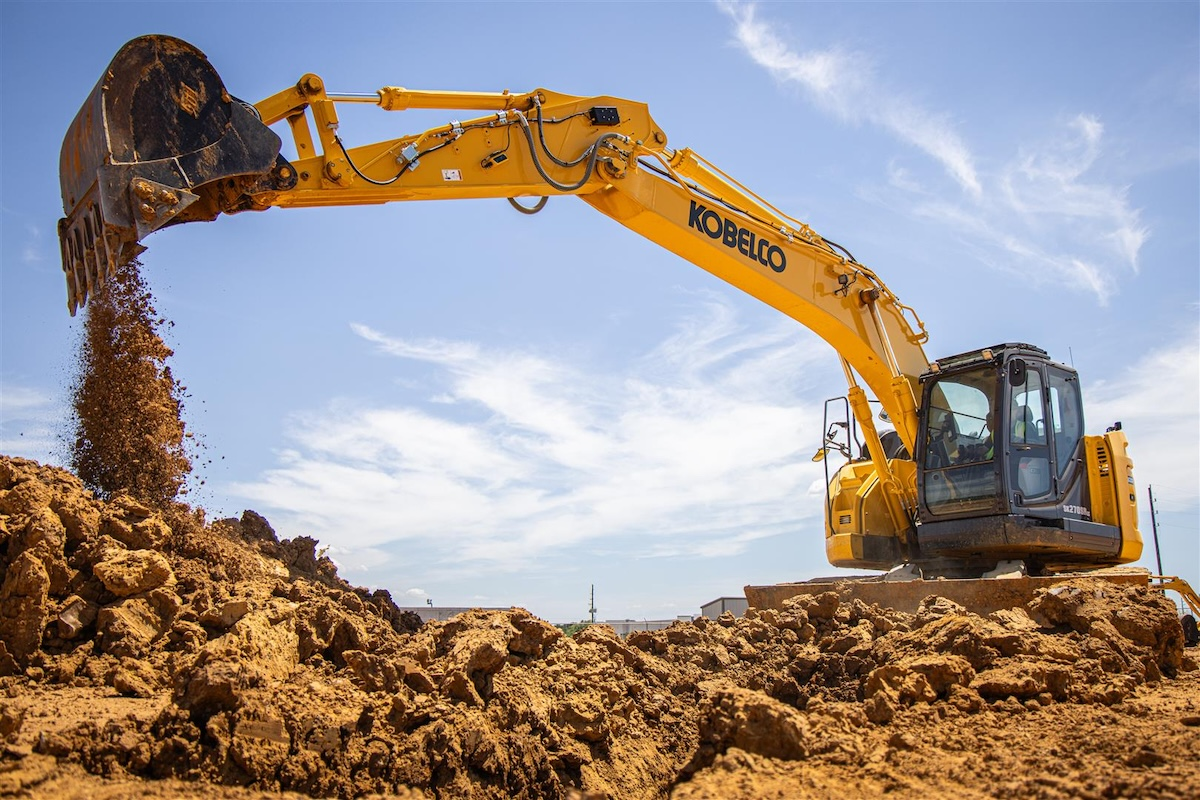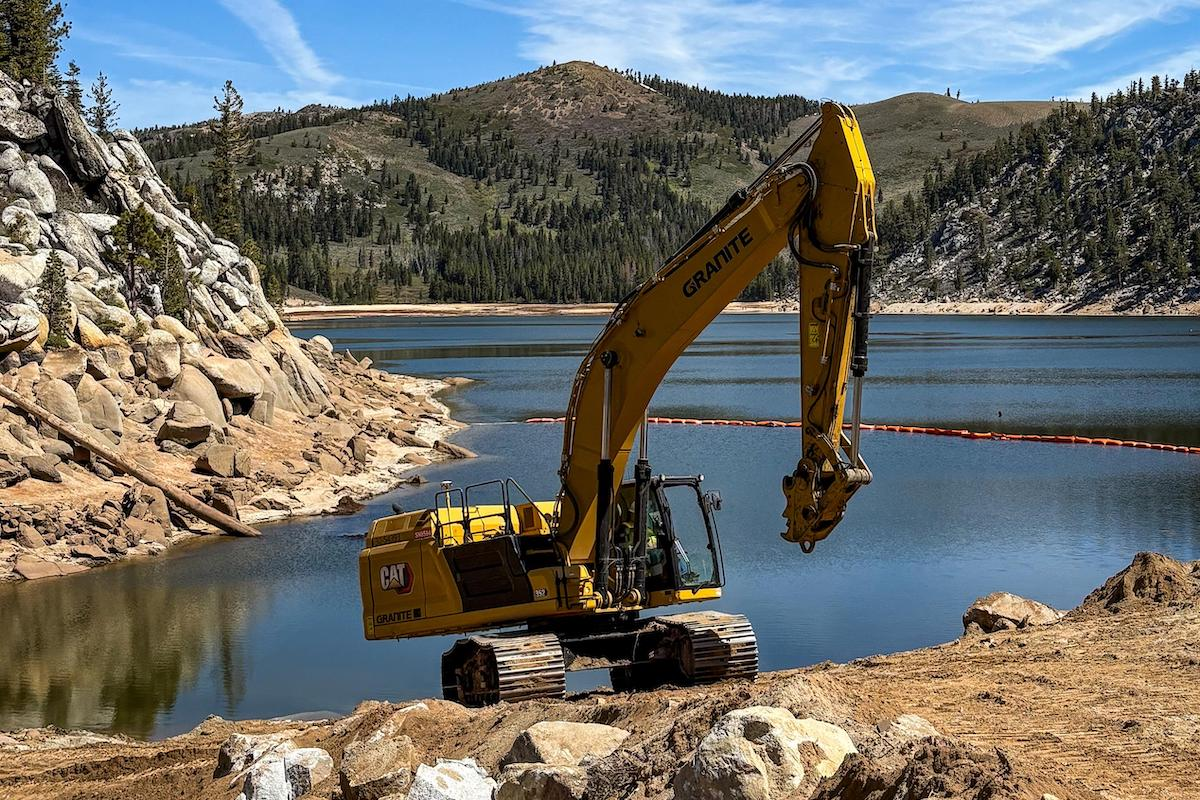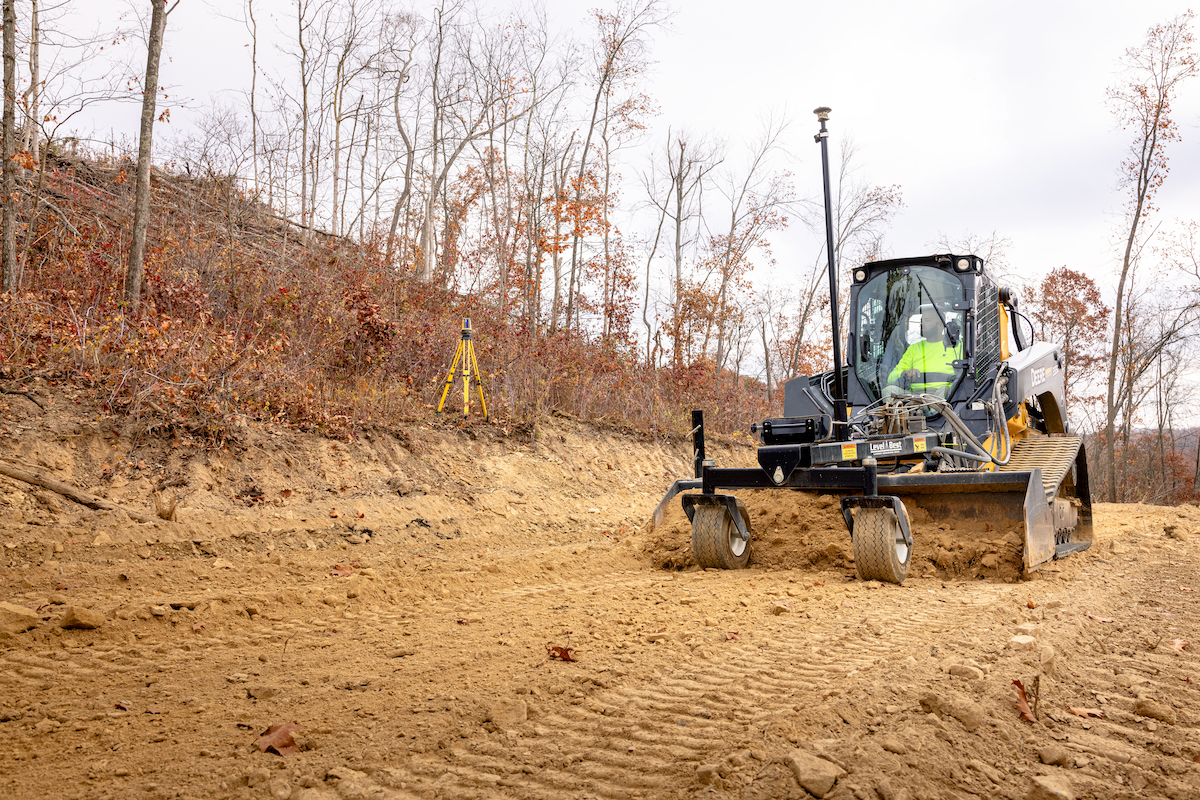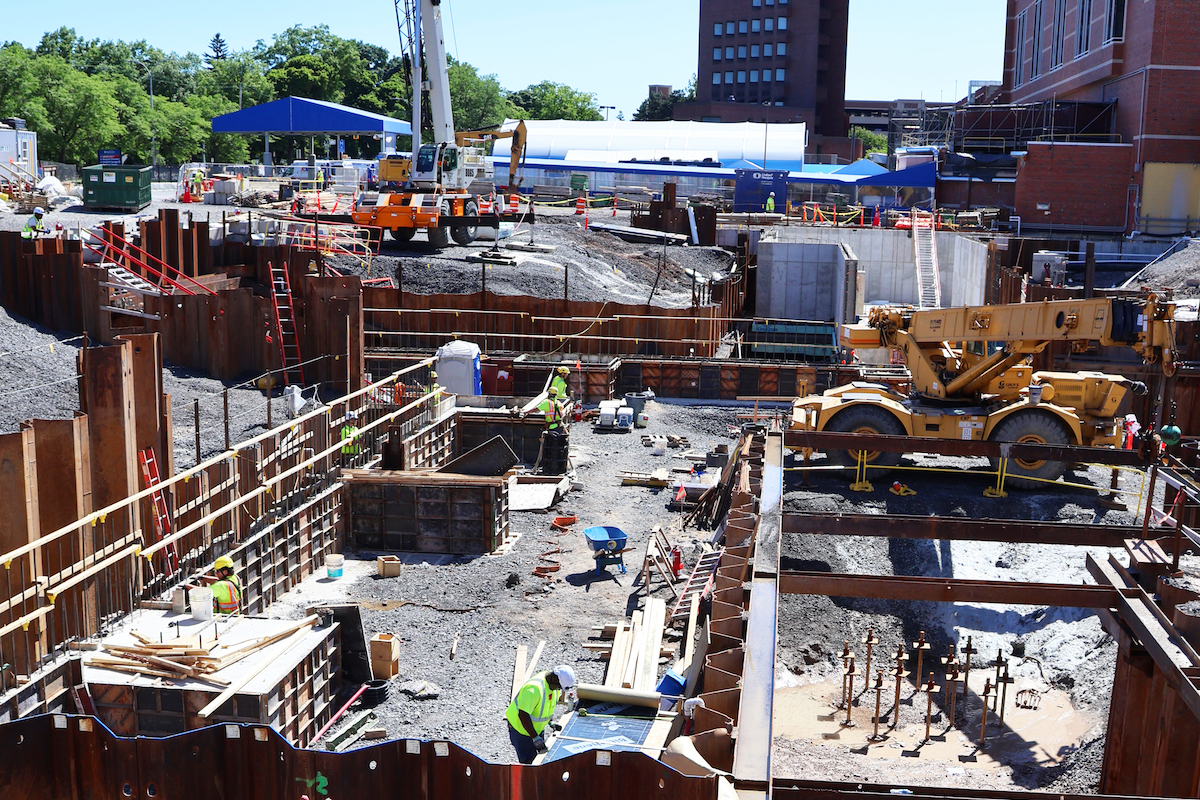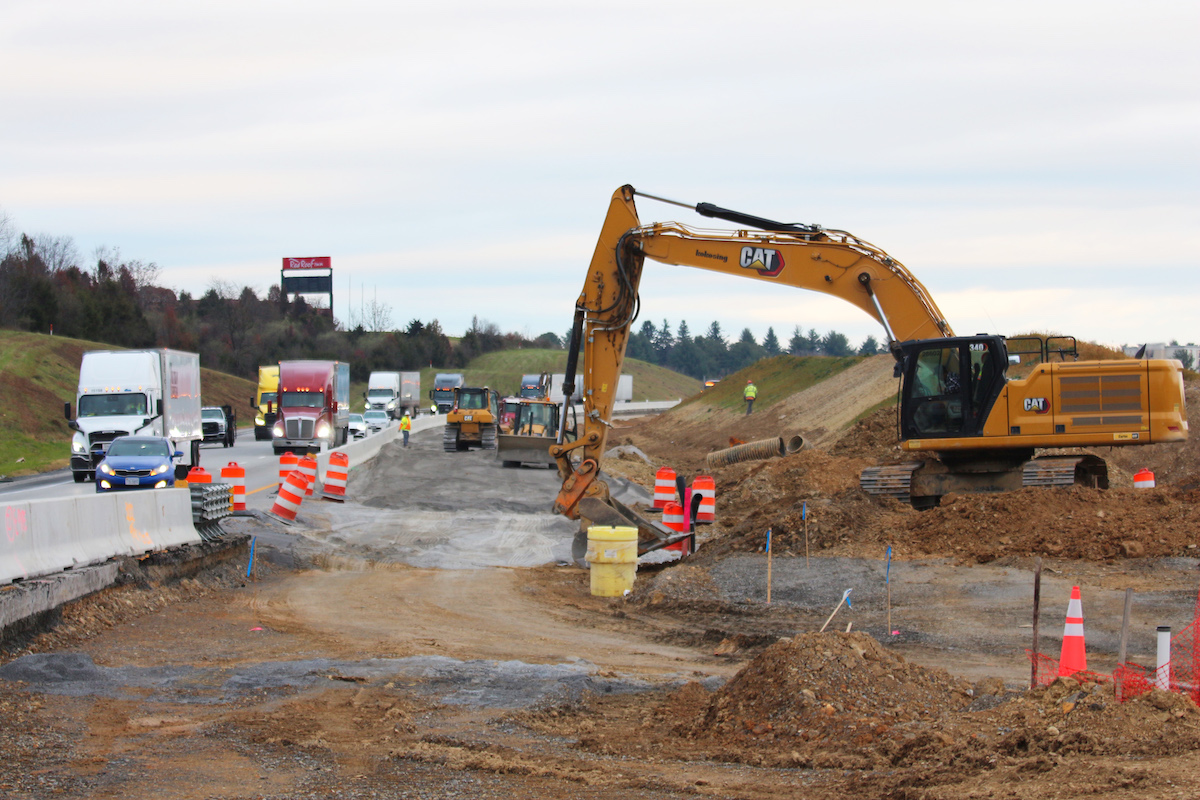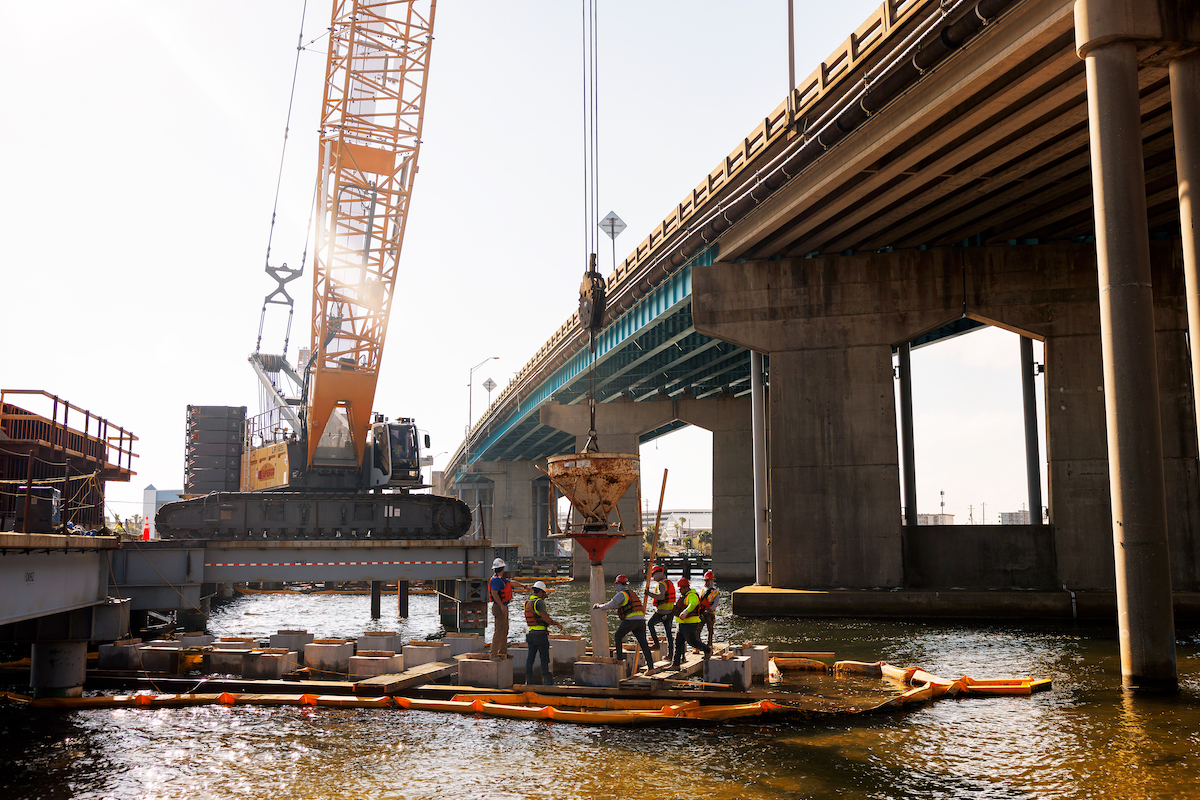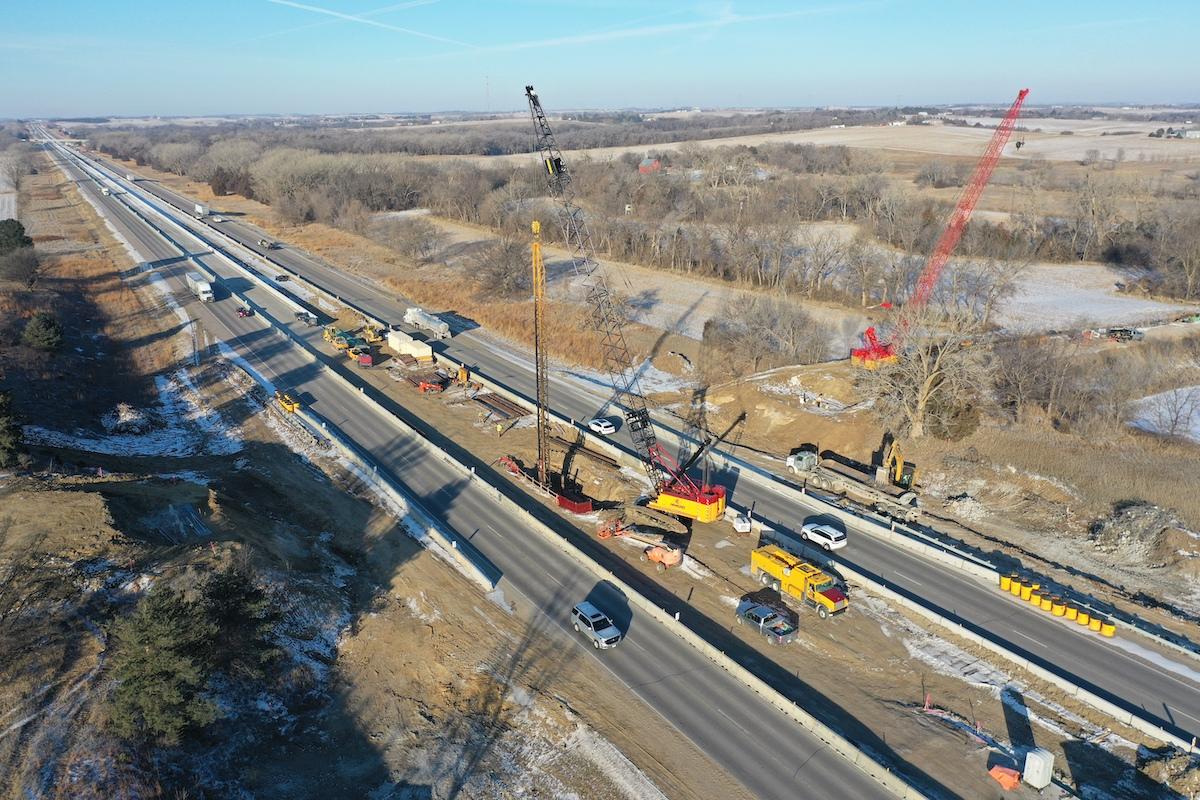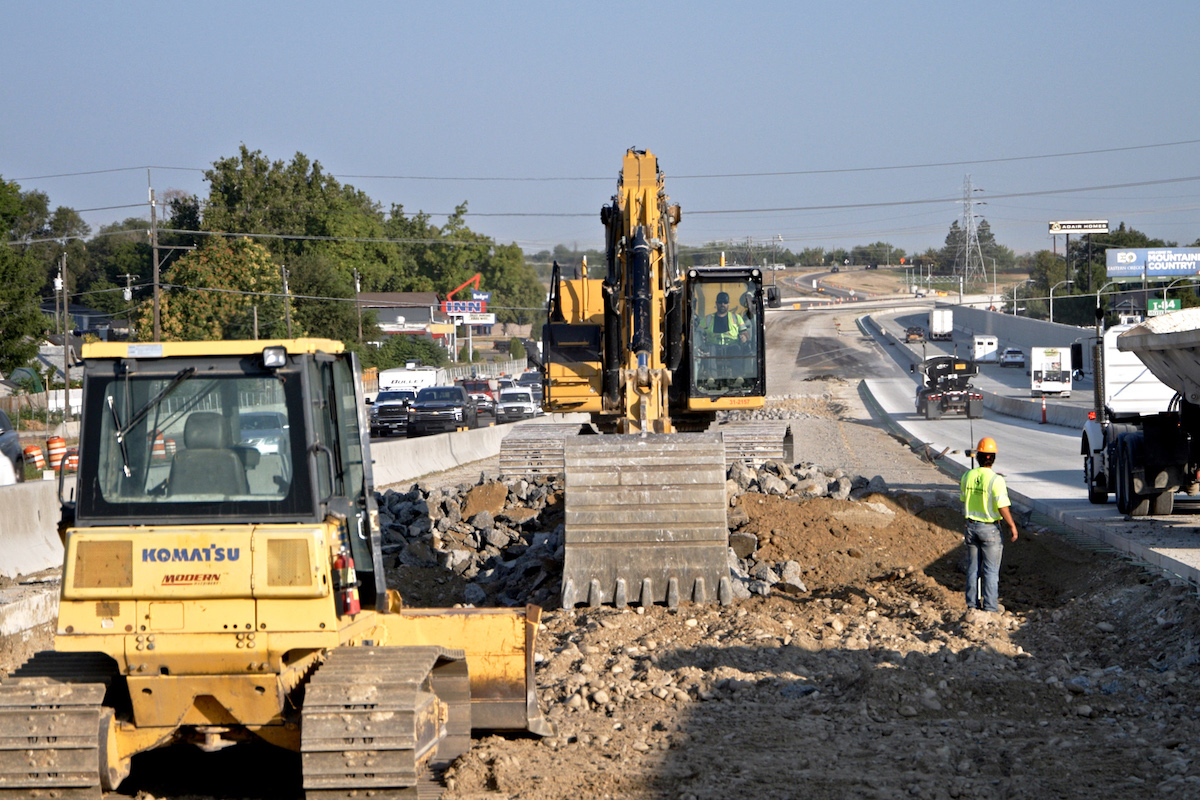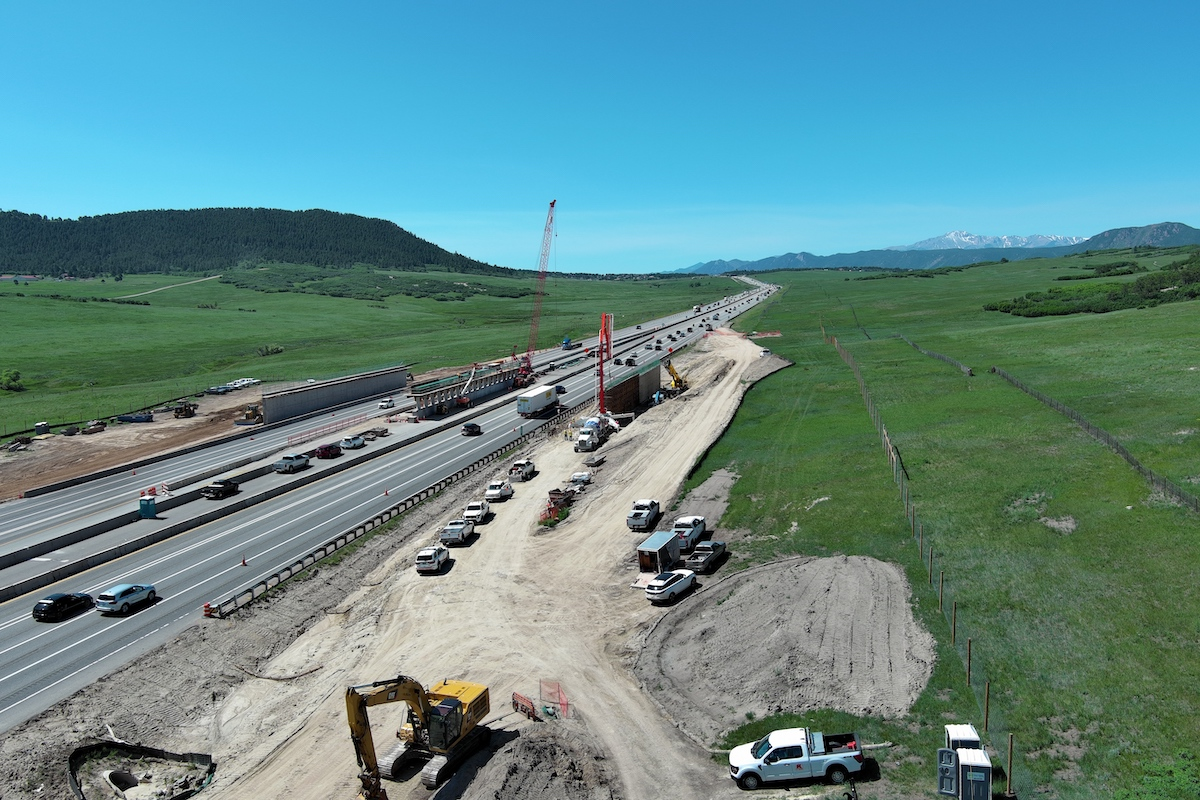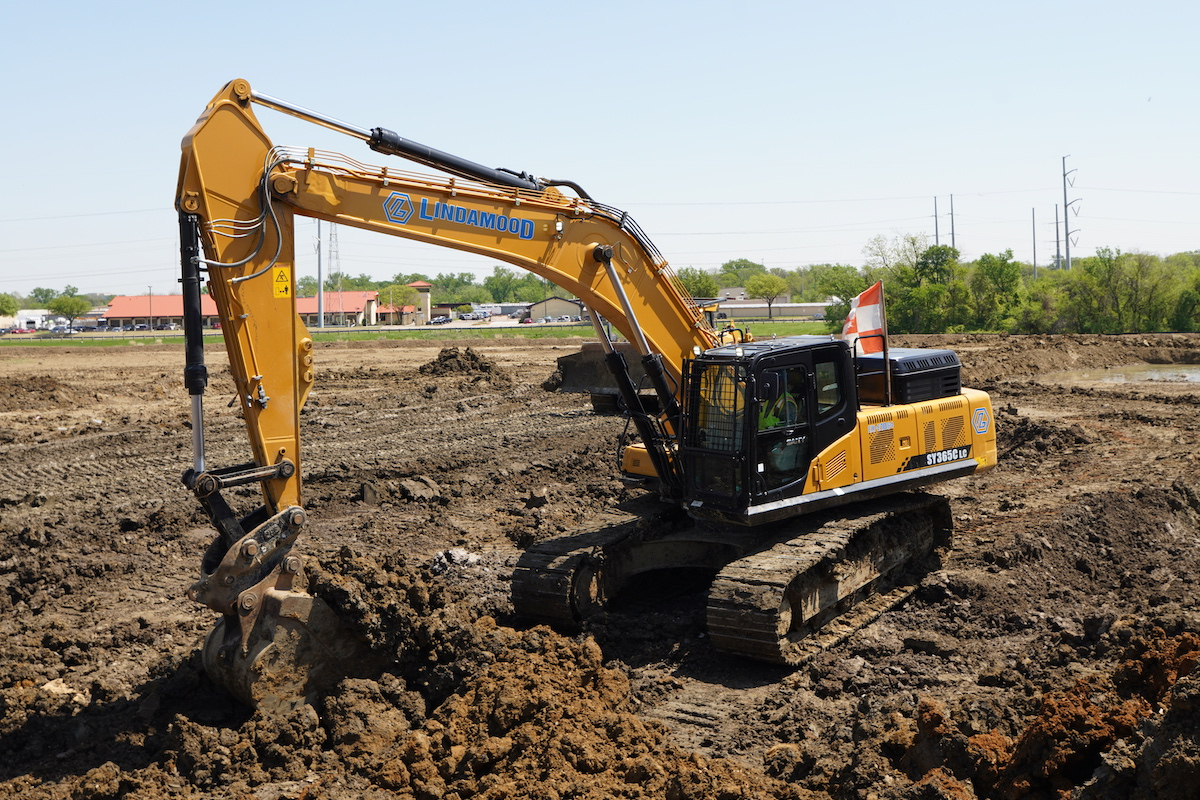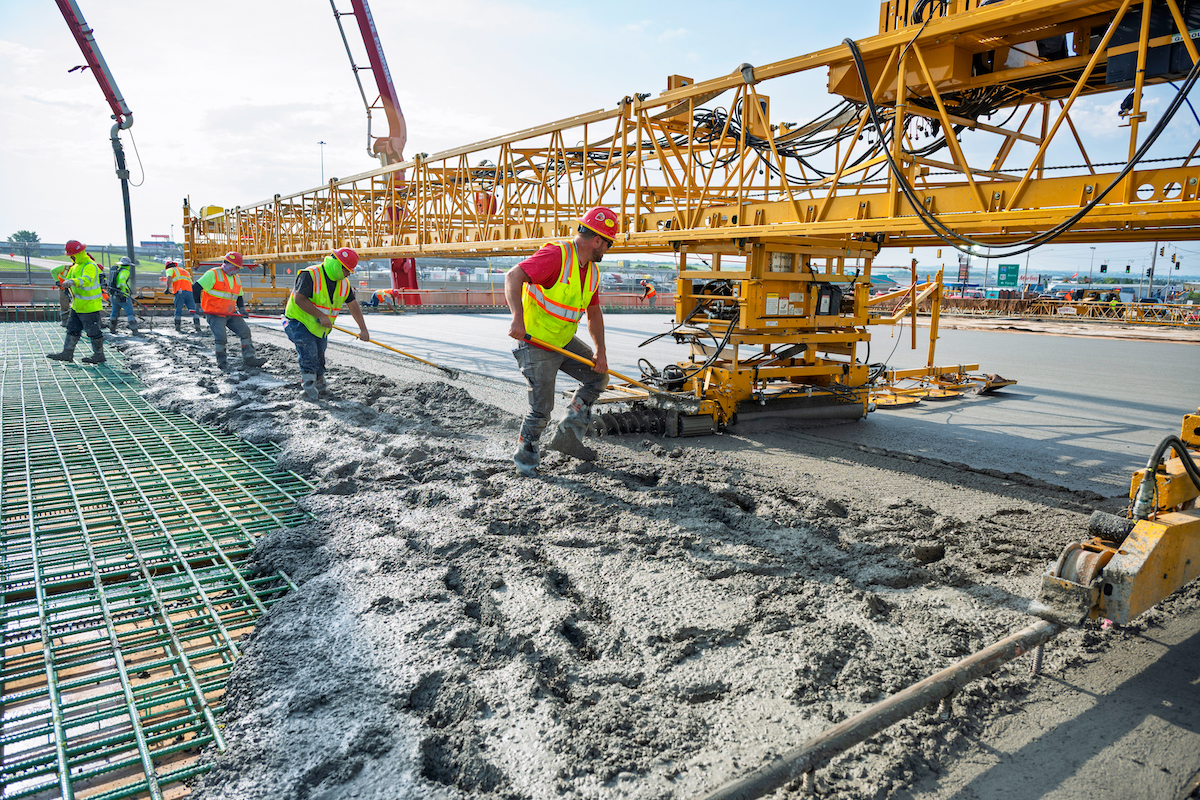In urban construction and infrastructure maintenance, precision and safety are paramount.
Hydro excavation, a non-destructive digging method that uses high-pressure water and vacuum suction, can help municipalities and contractors enhance project efficiency and reduce risks in complex urban environments. Here's how.
Safety and Risk Mitigation
Traditional excavation methods often involve heavy machinery and manual labor, increasing the risk of accidents and utility strikes. Hydro excavation minimizes these hazards by precisely removing soil without disturbing existing underground utilities. This approach significantly reduces the likelihood of damaging critical infrastructure such as gas, water, and electrical lines, helping prevent costly repairs and ensure worker safety.
Minimal Ground Disturbance
The controlled application of pressurized water allows for accurate excavation, even in congested or sensitive areas. Hydro excavation's precision minimizes unnecessary soil disturbance, an important benefit in urban settings where space is limited and surrounding structures must be preserved.
Cost Efficiency
By reducing the risk of utility damage and the need for extensive site restoration, hydro excavation can lead to significant cost savings. The method's efficiency also accelerates project timelines, minimizing downtime and labor costs.

| Your local Deere & Co dealer |
|---|
| AIS Construction Equipment |
Environmentally Friendly
Hydro excavation is an eco-friendly alternative to traditional digging methods. It produces less waste and has a lower environmental impact due to its precision and the reduced need for heavy machinery. This makes it a sustainable choice for municipalities aiming to minimize their ecological footprint.
Versatility
Hydro excavation is effective in a wide range of soil types, from soft dirt to frozen ground, and for various applications including potholing, trenching, and slot trenching.
By integrating hydro excavation technology, contractors and municipalities can enhance safety, reduce environmental impact, and improve project efficiency in tight urban settings.







